Public domain images are works that are free for anyone to use without seeking permission or paying royalties. This status means that the copyright has expired, been forfeited, or is not applicable. Understanding public domain images is essential for artists, designers, and anyone working with visuals. They provide an excellent resource for creating new content without the risk of legal issues.
Public domain images can come from various sources, including:
- Government publications
- Works by authors who have been deceased for over 70 years
- Images that have been explicitly released into the public domain by their creators
Knowing how to find and use these images effectively opens up a world of possibilities for creative projects.
Why Public Domain Matters for Creators
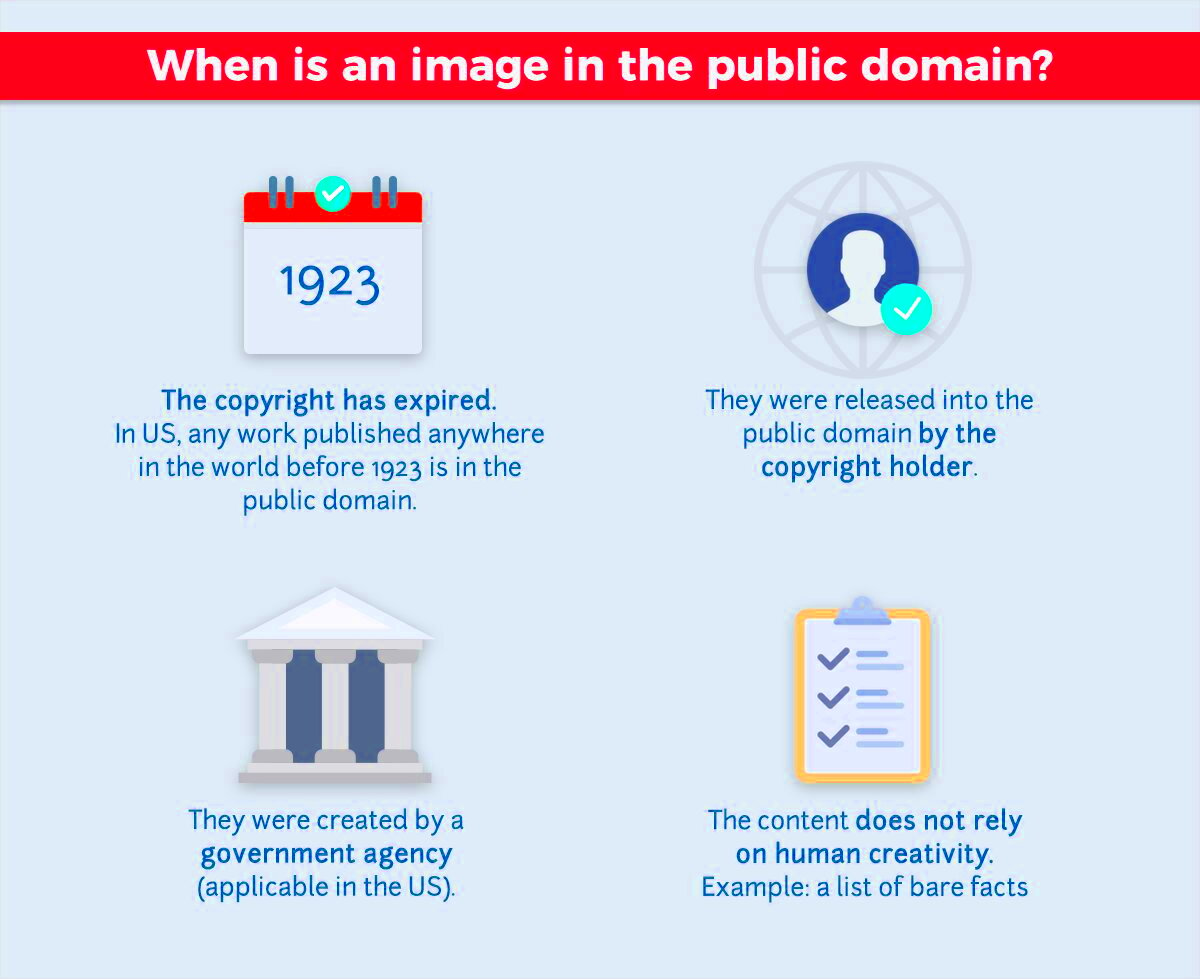
For creators, public domain images are valuable for several reasons. Firstly, they save time and money. Instead of spending hours searching for licensed images or dealing with costly fees, creators can access a treasure trove of
Here are some key benefits of using public domain images:
- Freedom to Use: You can modify, share, and even sell products that include public domain images.
- Variety of Choices: From classic art to historical photographs, the range is vast.
- Educational Value: Public domain works often have cultural and historical significance.
By incorporating these images into their work, creators can enrich their projects and connect with audiences more effectively.
How to Identify Public Domain Images
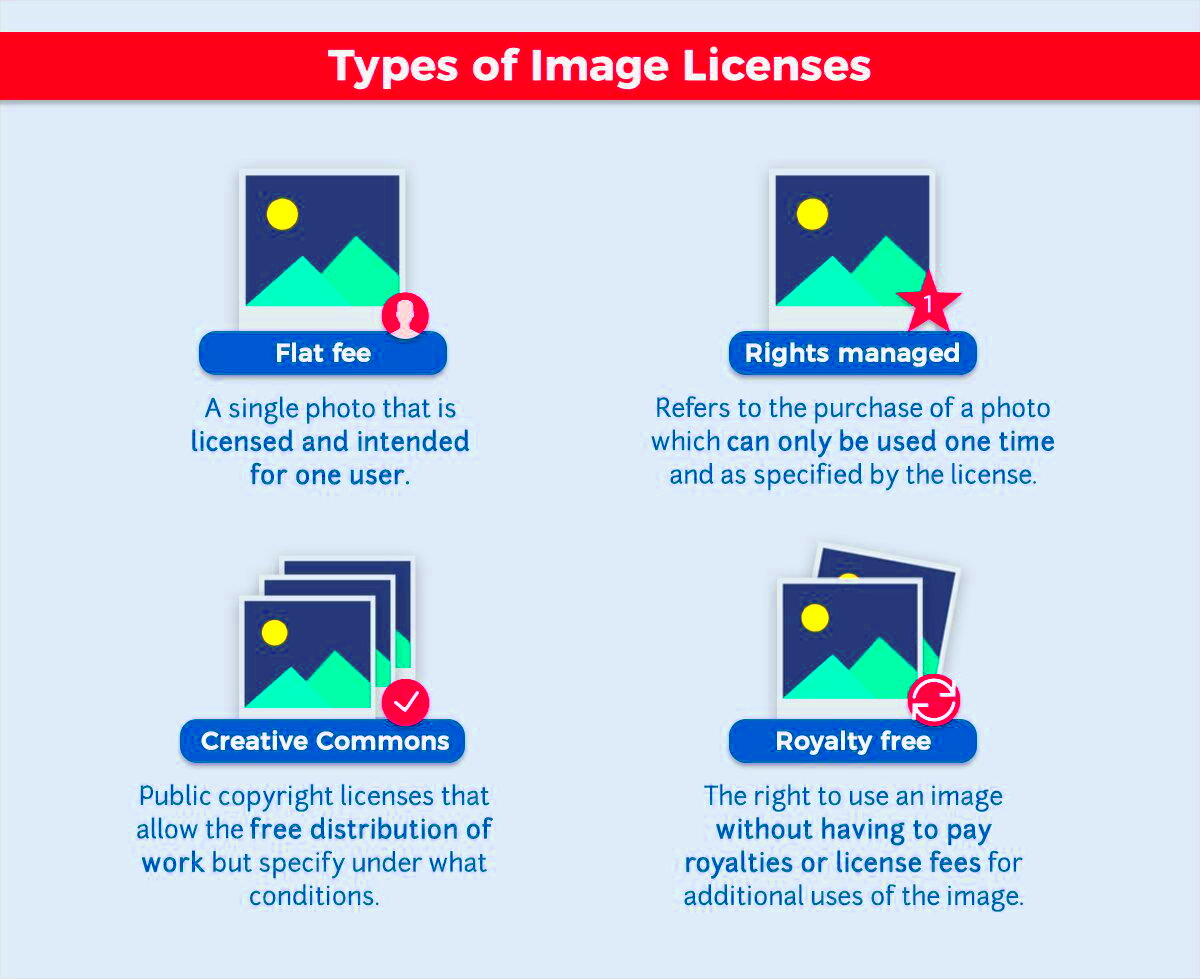
Identifying public domain images can be tricky, but there are some straightforward steps to follow. Here are a few tips to help you determine if an image is in the public domain:
- Check the Copyright Status: Look for information on the image’s copyright status. Many websites provide details about the licensing of their images.
- Look for Explicit Releases: Some creators specify that their work is in the public domain. Websites like Wikimedia Commons often categorize images this way.
- Use Government Resources: Images created by the U.S. government are typically in the public domain, so consider searching government websites.
Additionally, you can use tools like copyright expiration calculators to verify if the copyright on an image has expired. Remember, just because an image is on the internet doesn’t mean it is free to use.
Common Misconceptions About Public Domain
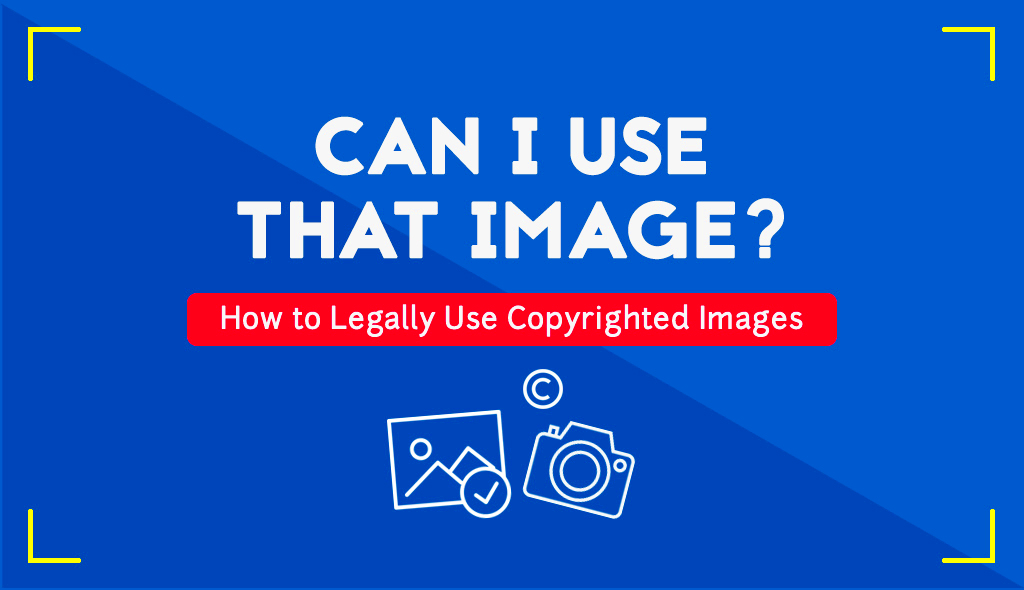
When it comes to public domain images, there are a lot of misconceptions floating around. Many people assume that if an image is old, it must be in the public domain. Others believe that all images from the internet are free to use. These misunderstandings can lead to serious legal issues for creators and businesses. Let's clear up some of these myths.
Here are some common misconceptions:
- All Old Images Are Public Domain: Not every old image is public domain. Copyright laws vary by country, and some images may still be under copyright protection even if the creator has been dead for decades.
- Internet Images Are Free: Just because you find an image online does not mean you can use it freely. Many images are protected by copyright.
- Public Domain Means Poor Quality: Public domain images can be high quality and diverse. Many classics and valuable resources fall into this category.
- Creative Commons is the Same as Public Domain: Creative Commons licenses allow for certain uses of images but are not equivalent to public domain status.
By debunking these myths, creators can make informed decisions about the images they use and avoid potential pitfalls.
Where to Find Public Domain Images
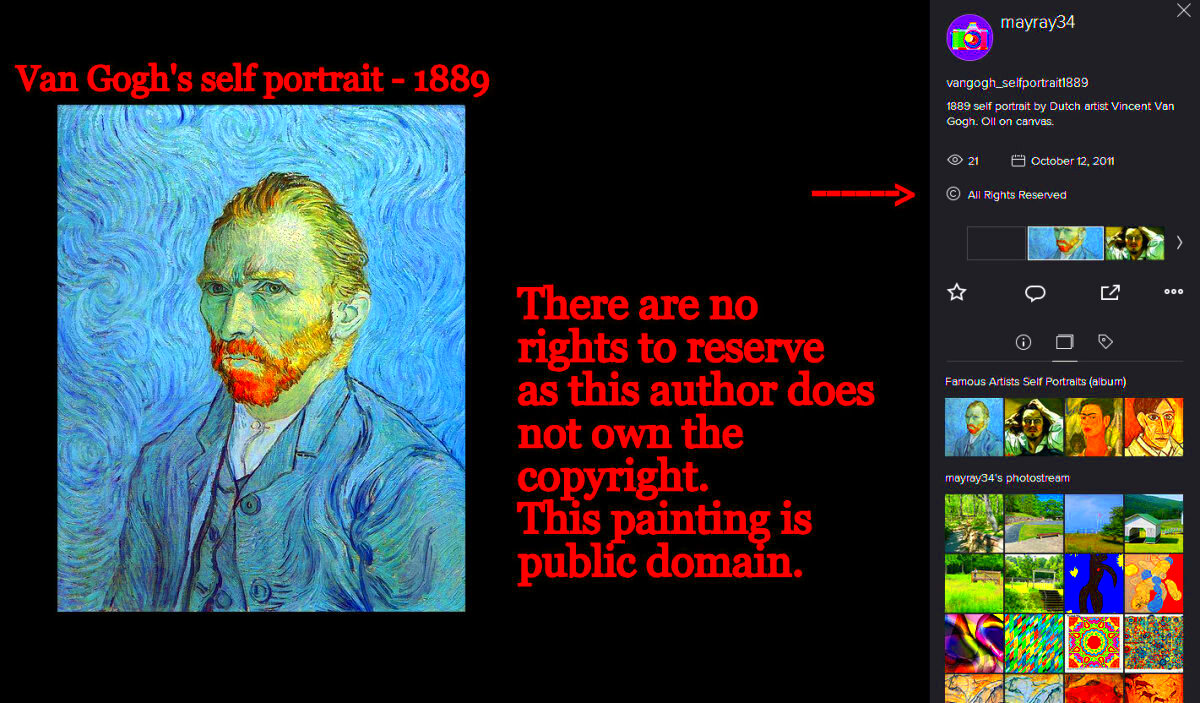
Finding public domain images can feel overwhelming, especially with so many resources available. Luckily, there are some reliable places you can turn to for high-quality public domain images. Here are some of the best options:
- Wikimedia Commons: A vast collection of media files that includes images, sounds, and videos, many of which are in the public domain.
- Public Domain Review: This site curates a selection of images, texts, and films that are in the public domain.
- Pixabay: While mostly known for Creative Commons images, Pixabay also offers a variety of public domain images.
- Unsplash: Features many high-quality images that are free to use, some of which fall into the public domain.
- Library of Congress: An excellent source for historical images and documents that are in the public domain.
Utilizing these resources will help you find images that are safe to use without any legal concerns.
Using Public Domain Images in Your Projects
Once you have found public domain images, the next step is knowing how to use them effectively in your projects. Whether you're creating a blog, designing a website, or working on a presentation, public domain images can enhance your work without the worry of copyright infringement. Here are some tips:
- Make It Relevant: Choose images that enhance your content and relate directly to the message you want to convey.
- Edit When Necessary: Feel free to modify or adapt public domain images to fit your project better. This can include cropping, filtering, or combining with other visuals.
- Attribution is Nice: While not required, providing credit to the original creator or source can be a courteous practice.
- Check for Additional Rights: Some images may have restrictions despite being in the public domain. Always double-check before using them.
Using public domain images thoughtfully can add a rich layer to your creative projects while keeping everything above board legally.
Legal Considerations When Using Public Domain Images
Using public domain images can be a great way to enrich your projects without worrying about copyright issues. However, it's essential to understand the legal landscape surrounding these images to avoid potential pitfalls. While public domain status generally means you can use the images freely, there are still a few legal considerations to keep in mind.
Here are some key points to consider:
- Verify Public Domain Status: Ensure that the image is genuinely in the public domain. Mislabeling can occur, so it's wise to double-check the source.
- Be Aware of Moral Rights: Some countries recognize moral rights, which give creators the right to object to derogatory treatment of their work, even if the copyright has expired.
- Understand the Source: Images from government websites are typically in the public domain, but always confirm the specific terms of use.
- Derivative Works: If you modify a public domain image, understand that your new work may have its copyright, but the original image remains public domain.
By keeping these legal considerations in mind, you can use public domain images confidently and creatively, ensuring your projects remain compliant with the law.
FAQ
Public domain images can raise a lot of questions. Here are some frequently asked questions that may help clarify your doubts:
- What qualifies an image as public domain? An image is public domain if its copyright has expired, the creator has waived their rights, or it was created by the government.
- Can I use public domain images for commercial purposes? Yes, public domain images can be used for commercial projects without restrictions.
- Do I need to credit the creator of a public domain image? No, but it’s a good practice to provide attribution where possible.
- How can I tell if an image is public domain? Check the licensing information on the website where you found the image. Look for explicit statements regarding its public domain status.
If you have other questions about public domain images, feel free to research further or consult legal experts for specific advice.
Conclusion
Understanding public domain images is crucial for anyone involved in creative work. They offer a vast array of resources that can enhance your projects without the burden of copyright restrictions. By knowing what public domain images are, why they matter, how to find them, and the legal considerations involved, you can utilize them effectively and responsibly.
Remember to check the status of images before use and stay informed about your rights and responsibilities. This approach not only protects you legally but also enriches your creative process. Embrace the wealth of public domain images available to you and let your creativity thrive!
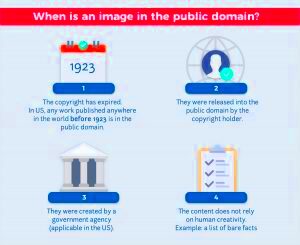
 admin
admin








